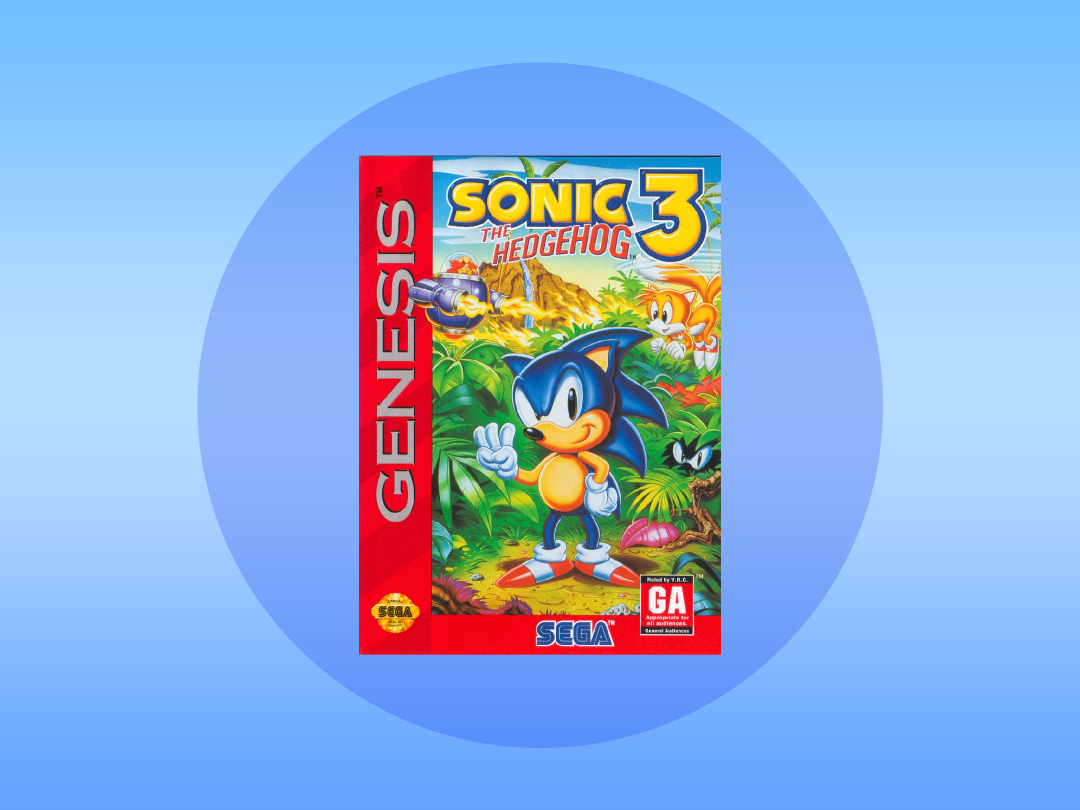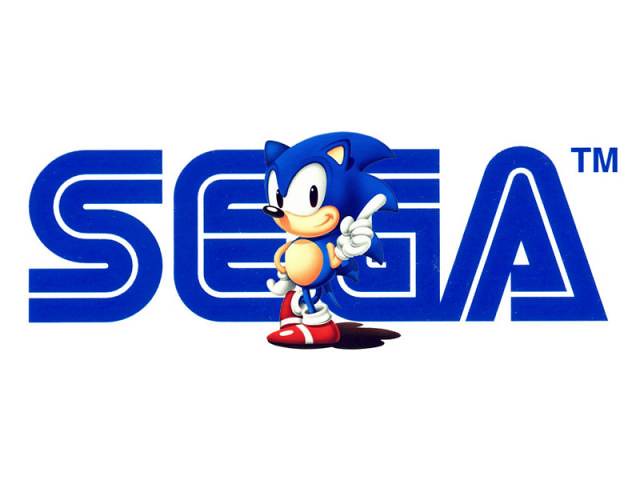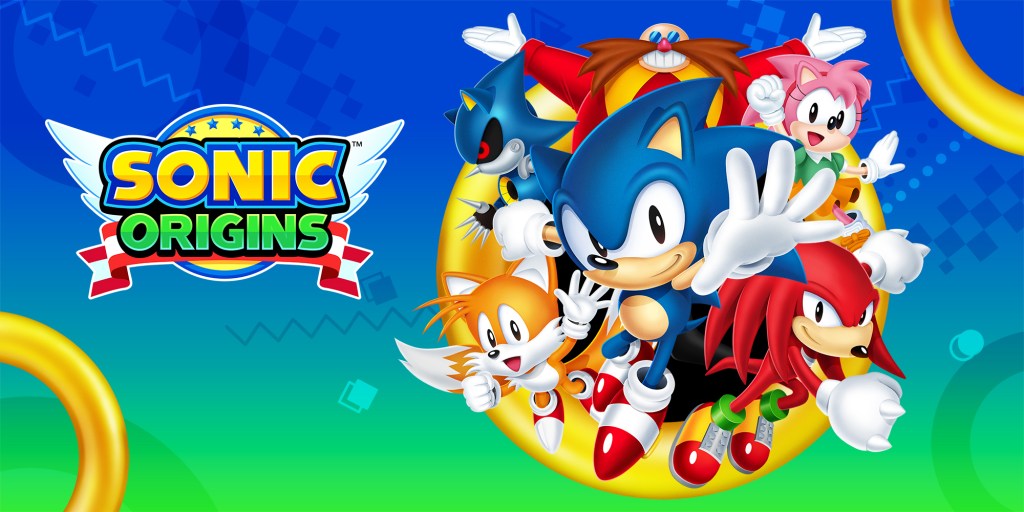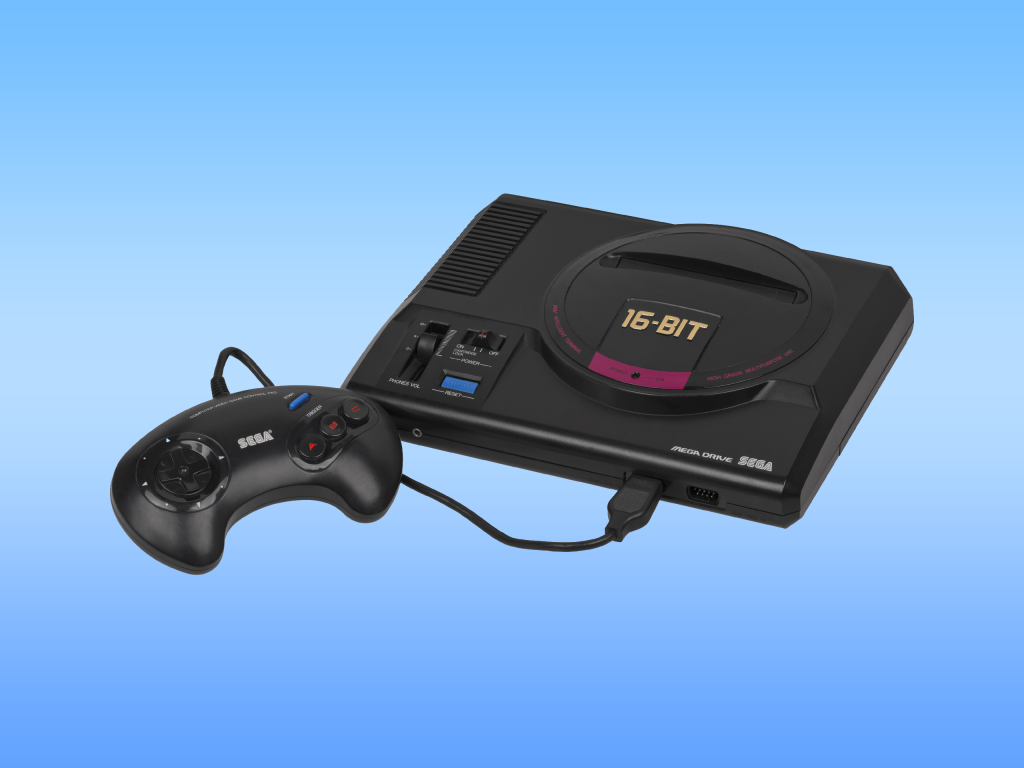Sonic 3 at 30: how the Blue Blur changed the game
For its 30th anniversary, we take a look at how Sonic 3 became the Sega mascot’s incomplete platforming masterpiece

In the early 90s during the great 16-bit console wars, there was no denying that Sega was the coolest.
In the US alone, the Japanese company went from having a market share of 6% to 65% with the release of the Genesis (or better known as the Mega Drive back in Europe and its native Japan). That was in no small part thanks to Sonic the Hedgehog, whose super speed and attitude made Nintendo’s Mario positively quaint.
The Blue Blur was basically on a roll with one hit after another in each consecutive year since his 1991 debut (two if you count the 1993 spin-off Sonic Spinball and Sonic CD for the Mega CD add-on) right until the release of Sonic the Hedgehog 3 in 1994. 30 years on, Stuff looks back at when Sonic reached his peak as a 2D platformer.
2D or not 2D

However, Sonic 3 was initially not going to be a 2D game. With the dawn of 3D gaming, including Sega’s own Virtua Racing in the arcade, Doom on PC, and Star Fox on the rival SNES, there had been a desire for the forward-thinking hedgehog to also get in on this cutting edge technology. Plus, having the third mainline game call itself Sonic 3D certainly had a nice ring to it.
Attempts to prototype a 3D game using an isometric perspective were however abandoned. Not only was the polygon count considered too low to be feasible but the expensive Viruta Processor chip that allowed for the 3D graphics to work also wouldn’t be ready in time.
But even as a conventional 2D platformer, Sonic 3 still showed traces of 3D influence, such as how the title screen features a pre-rendered CG version of the blue hedgehog as well as having special stages that have you running around a large 3D sphere filling in all the blue spheres in order to get a Chaos Emerald at the end. Even Sonic’s sprite had more detailed animation frames that gave the illusion of 3D, like standing on platforms that would spin his body around a full 360 degrees.
If it ultimately couldn’t do three dimensions, the upshot was Sonic 3’s 2D levels were incredibly expansive, triple the size of those from Sonic 2, which in turn required a 24 megabit cartridge compared to its predecessor’s 8 megabits. So even though a common complaint was that these games weren’t especially difficult, the huge number of different paths you could take or secrets you’d discover made the game very replayable. The levels weren’t just larger but featured more detail than before, including how each zone’s second act would also change visually and musically.
Echidna gloves
Perhaps it was with the success of multimedia spin-offs in comic books and cartoon shows, including the UK’s own excellent Sonic the Comic, but there was also desire from the team at US-based Sega Technical Institute, led by Sonic co-creator Yuji Naka, to have a deeper story to expand the world. This set up the Floating Island, a mysterious island in the sky that’s also home to its guardian, Knuckles the Echidna.
From his red colour and dreads to a focus on strength over speed, he’s essentially the opposite of Sonic, and a formidable rival after he’s tricked by Dr. Robotnik (better known these days as Dr. Eggman). He’s also arguably made the most lasting impression compared to all the other characters introduced to the series over the years, being as much of a constant now as the hedgehog’s best buddy Tails.
Sonic 3 is also where each playable character began to show their own individuality. So whereas Tails was very much a Player 2 character made for the younger sibling, now he could actually fly, and in two-player mode he would even be able to pick up Sonic to fly up to otherwise unreachable areas. The same went for Knuckles who besides running and spin-dashing could also glide in the air and climb up walls. While his strength came from his knuckles, you however couldn’t throw punches, but this was demonstrated instead by having certain walls that he could break through, giving him access to routes Sonic couldn’t.
At least that’s what Knuckles was supposed to do, as yoiu wouldn’t know it from Sonic 3’s release. Instead, he appeared in several levels finding ways to get in Sonic’s way while laughing at him. It’s enough to make you wonder what the fuss was all about.
Lock-on later

However, Sonic 3 was too ambitious in scale at the time. As a single game it would have required even more space than the 24 megabits it ultimately shipped on, which would have proven far too expensive. You could imagine that being a hard sell for a February release just weeks after Christmas. And so the decision came to split the game in two, with Sonic 3 releasing in the US on February 2 (Groundhog Day), while its second part arrived later in the year with the title Sonic & Knuckles.
Not only was Knuckles finally playable in this version but the cartridge also came with intriguing ‘lock-on technology’ where you could open a flap on top to insert another cartridge. This allowed you to play the entirety of Sonic 3 as intended, while also making use of its save system. It also meant you could play through the whole game as Knuckles, which also meant those previously inaccessible areas you saw the first time around now made sense.
But if that feels like having to buy two games for the whole experience, there was also a nice bonus as the lock-on technology could also be used on other games. The most meaningful perk was being able to play as Knuckles in Sonic 2, although everything else essentially produced different versions of the Blue Sphere special stages.
Stranger in Angel Island
Despite being arguably the biggest and best of Sonic’s 2D adventures, it has been difficult for fans to re-experience Sonic 3 in recent years, even though there would be no trouble with the likes of earlier titles cropping up in compilations, on the Nintendo Switch Online library or the Mega Drive Mini. Investigative fans have largely believed this to be down to Michael Jackson’s involvement with the game’s music.
Sega has always denied it. But the fan theories posit that the king of pop and his team were composing the soundtrack until the 1993 child sexual abuse allegations led Sega to scrubbing out his contributions and hastily reworking it.
That didn’t however mean his collaborators, including the credited Brad Buxer, didn’t continue working on it, which explains why certain tracks have an uncanny resemblance to Jacko songs. Notable comparisons include how Carnival Night Zone’s theme sounds similar to his 1991 song ‘Jam’ while the closing credits theme became the basis for 1996 single ‘Stranger in Moscow’. Another reason Jackson went uncredited was allegedly because he wasn’t satisfied with how the Mega Drive’s soundchip replicated his music.
It seems the only logical explanation after the singer’s death in 2009 suddenly made Sonic 3 much harder to re-release, leading fans to believe that perhaps he went uncredited but waived the rights whereas his estate suddenly wanted to see some money. The theory holds even more water when the game was finally included in the 2022 compilation remaster Sonic Origins, only for all the contentious tracks to be replaced.
Another spin

Even though it arrived in an incomplete state and is a game you still can’t get the definitive experience of today, at least not unless you go through unofficial emulation routes, Sonic 3 was nonetheless the Blue Blur at the top of his game.
It ended up being the hedgehog’s last 2D outing on the Mega Drive, which then followed with attempts to adapt to 3D, such as the isometric Sonic 3D developed by the UK-based Traveller’s Tales and eventually his Dreamcast debut in Sonic Adventure, often with mixed results.
While purists will argue that he remained his best as a side-scroller, recapturing that magic also proved difficult over the years, such as the misguided Sonic 4 or the hybrid titles that still couldn’t get the old physics right. Last year’s Sonic Superstars felt like a bit of a course correction but even that wasn’t without its own frustrations, still falling short of those 16-bit halcyon days.
History may say that Mario’s games were ultimately superior, and when you’re proclaiming that the best Sonic game is also incomplete and imperfect, it might give credence to those who claim that Sonic was never good. But 30 years on, those times in Angel Island still hold up as some of the best platforming you can experience today, whether you have to seek out the cartridge on an old Mega Drive, via emulation, or even through Sonic Origins. But hey, with the latter’s expanded edition, at least you’ll also be able to play as Amy Rose.



